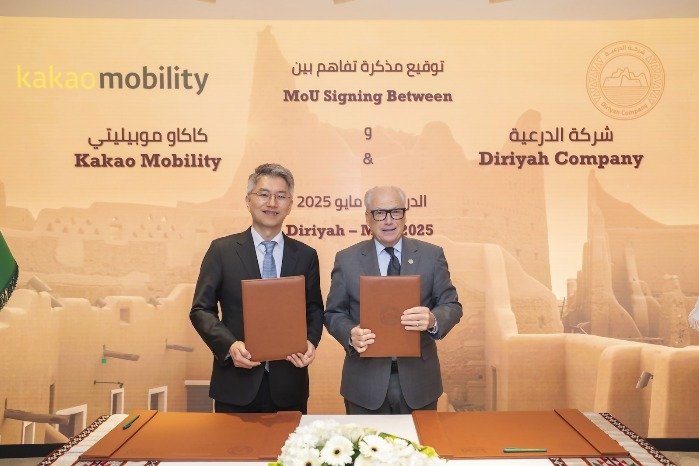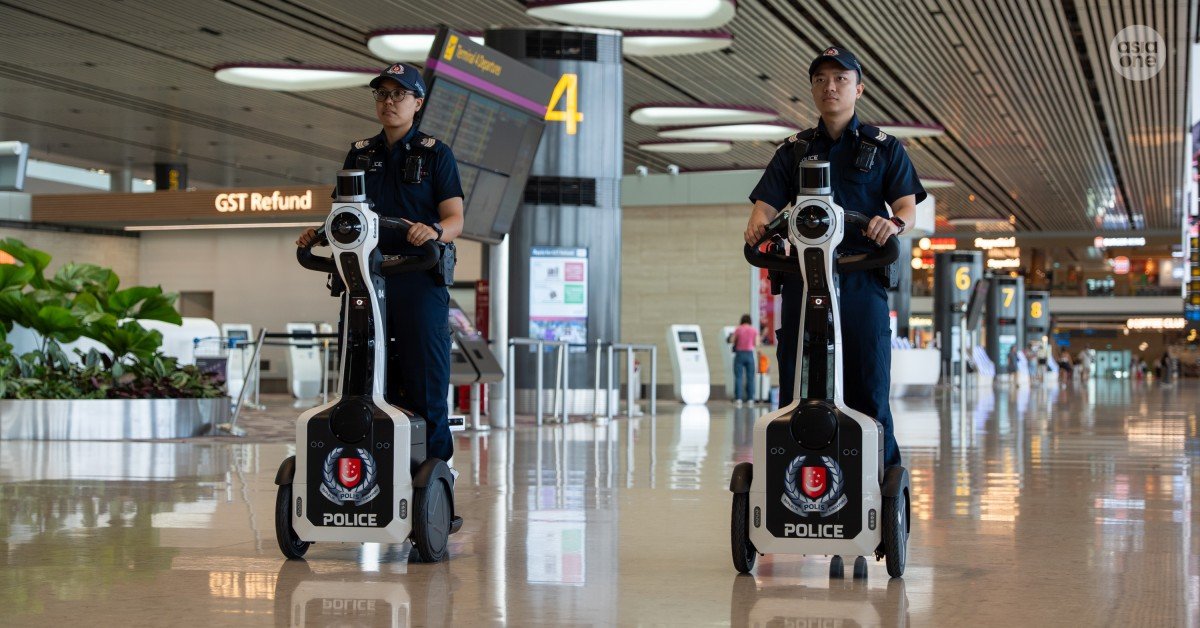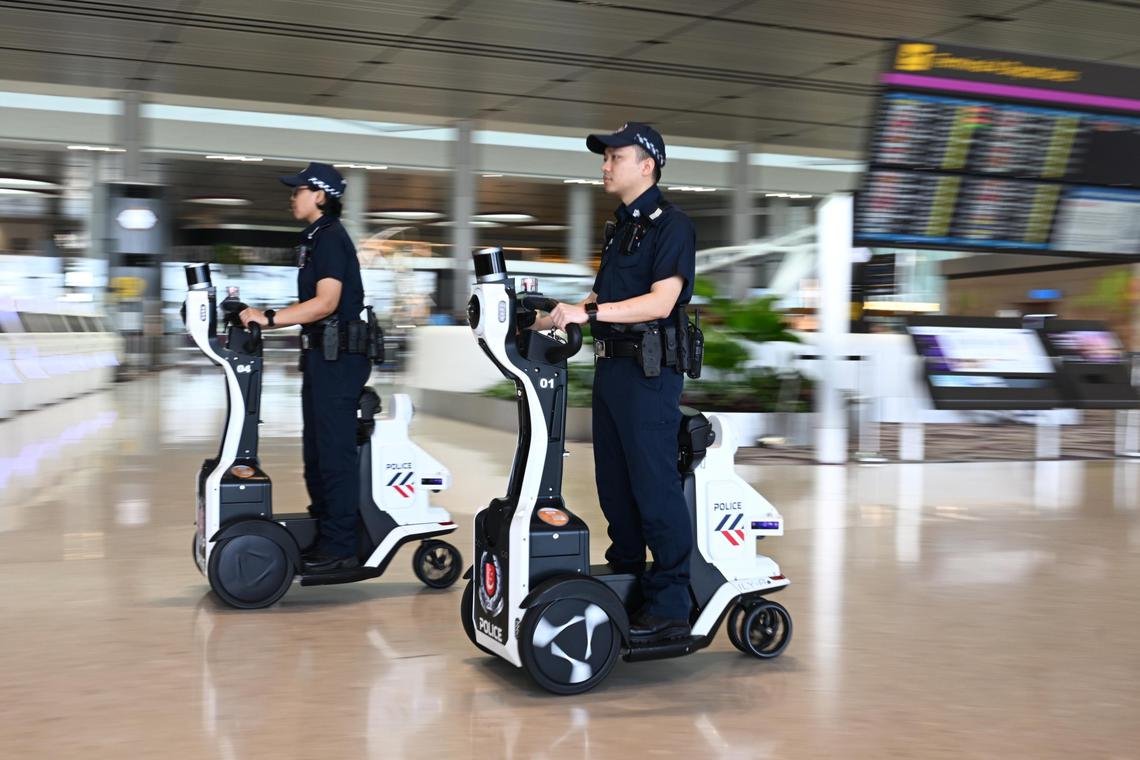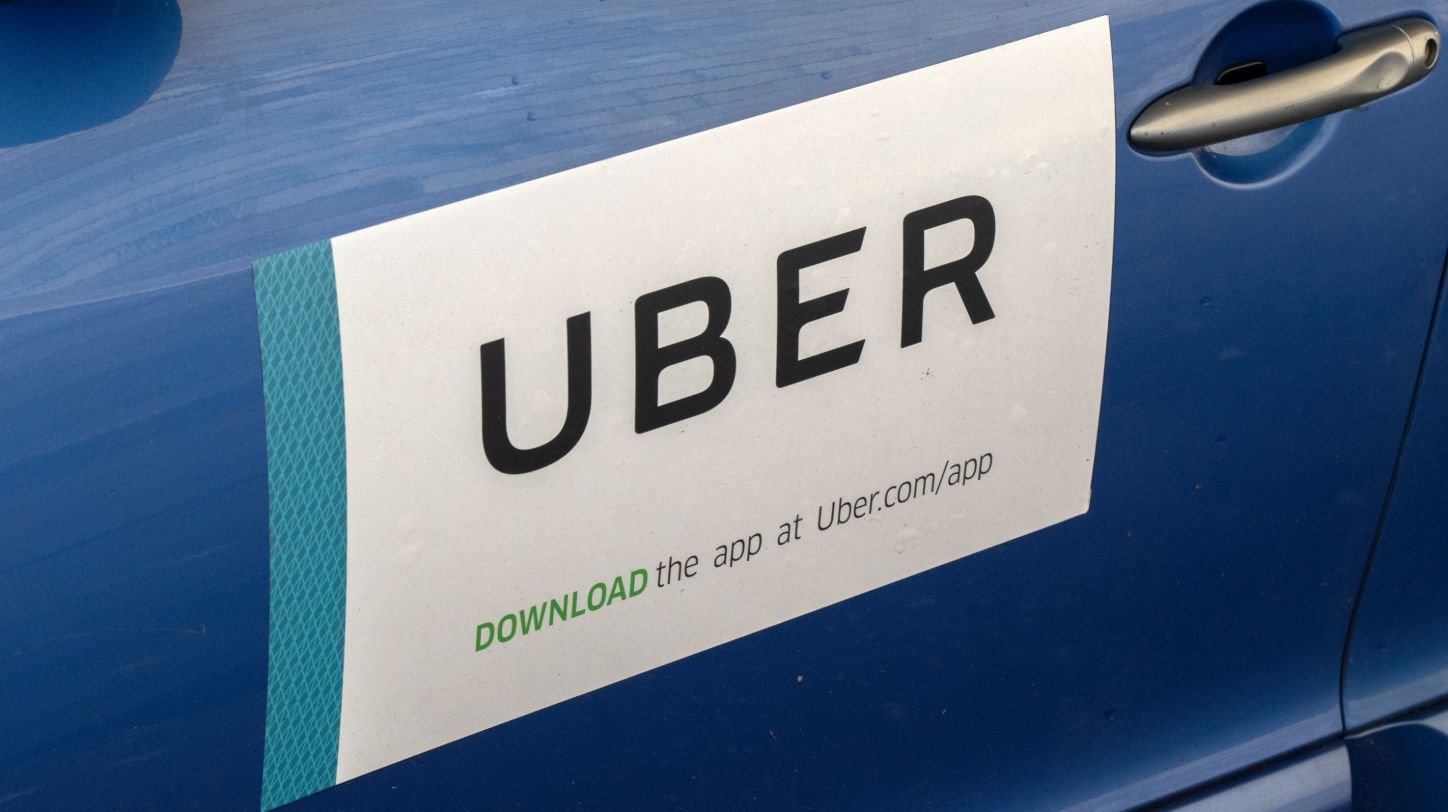Ride & Mobility
Kakao Mobility to build smart infrastructure for Saudi Diriyah project

Kakao Mobility Corp., which runs South Korea’s most popular ride-hailing app, Kakao T, has clinched a deal to build a future mobility infrastructure, including a smart parking platform, for Saudi Arabia’s $63 billion Diriyah development project.
The agreement with Diriyah marks Kakao Mobility’s most substantial overseas move to date, following taxi-hailing and rental car services in dozens of countries. It also reflects the increasing demand for Asian smart city expertise in the Middle East, where digital-first planning is reshaping the urban development landscape.
Kakao Mobility, the unit of Korean tech giant Kakao Corp., said on Monday that it has signed a contract with state-run Diriyah Company to jointly develop and deploy mobility infrastructure for the Diriyah development – a flagship component of the kingdom’s “Vision 2030 Giga Projects.”
Kakao Mobility Chief Executive Ryu Geung-seon, better known by his English name Alex Ryu, and Diriyah Company Group CEO Jerry Inzerillo signed the deal last week at the Diriyah Gate Development Authority’s headquarters.
DIRIYAH TRANSFORMING INTO A SMART CITY
Located on the western outskirts of Riyadh, the 14-square-km Diriyah site is being transformed into a luxury mixed-use urban hub, incorporating heritage sites, high-end resorts, villas, hospitals, and retail centers.
Under the initial agreement, the two leaders pledged to collaborate on digital parking infrastructure as the first phase of a broader smart mobility initiative.
The agreement includes deploying a comprehensive smart parking platform in parts of the site currently open in a pilot phase. The system will cover digital reservations, payments and real-time management of parking lots – with plans to scale up to all of Diriyah by 2030, pending successful trials.
Diriyah Company has allocated space for over 60,000 parking spots across the district, with the project aiming to incorporate integrated smart infrastructure on a large scale. Kakao Mobility’s task will be to tailor and validate its technologies in the complex, high-density urban setting.
KAKAO’S TECH INNOVATIONS
Kakao Mobility said it will bring to the Saudi project technological innovations such as its proprietary fused indoor locations (FIN) system, which enables precise vehicle guidance in GPS-dead zones like underground garages.
The company said its universal parking controller (UPC) system will enable multiple parking facilities to operate under a unified system, while its AI-powered analytics can balance demand across regions.
Industry officials said the agreement opens the door for Kakao Mobility to expand into other future mobility services, including ride-hailing, electric vehicle infrastructure and autonomous transport, depending on emerging needs within the Diriyah project.
“It’s an honor to join a project of this scale alongside some of the world’s most prestigious companies. We are committed to demonstrating the capabilities of our integrated mobility solutions through this partnership,” said Kakao Mobility CEO Ryu.
Diriyah Company CEO Inzerillo said: “By bringing cutting-edge parking and mobility technologies to Diriyah, we aim to turn Diriyah into a global destination and model for future cities.”
Write to Eun-Yi Ko at koko@hankyung.com
In-Soo Nam edited this article.
Ride & Mobility
Police test ride-hailing robot to patrol Changi Airport T4 , Singapore News

The Singapore Police Force’s Airport Police Division (APD) and Home Team Science and Technology Agency (HTX) have been piloting a new police patrol robot named Gibson since early July.
This indoor robot, which was built to enhance police presence and improve officers’ mobility, can also be used as a means of transport.
During the demonstration to the media on Wednesday (July 16), Gibson operated within Changi Airport Terminal 4 in its dual-mode operation — autonomous and ride.
The autonomous mode compromises of in-depth cameras, 3D LiDAR (Light Detection and Ranging) cameras and Sonar (Sound Navigation and Ranging) techniques that allow Gibson to determine its location, safely navigate the indoor environment and avoid collisions.
This indoor robot is also equipped with a “safety bubble” feature, which functions as a proximity detector. This means it can stop and sound a horn when it detects that someone is too close or obstructing its path.
On the other hand, the ride mode allows the robot to travel to an officer’s location autonomously through a ride-hailing function.
This function is developed in-house by HTX, and it is especially critical for APD’s Ground Response Force officers as it frees them to focus on incident response while enhancing mobility and operational readiness within the airport.
“Its autonomous mode will allow officers not to worry about having where to park Gibson, where it can continue to patrol in the airport without having to return to its designated parking lot,” said Superintendent of Police Patrick Pang, an operations officer for planning and readiness from APD.
He also mentioned that the ride mode is designed to “allow officers to summon for Gibson without having to manually search for one”.
Officers riding it will be able to travel large indoor areas, thus improving their incident response time.
Human-robot collaboration
“Gibson was developed as part of our ongoing efforts in advancing human-robot collaboration where Home Team officers can team up with robotics systems to carry out patrol missions and to respond to incidents collaboratively,” said Seah Qi Yan, an engineer from HTX Robotics, Automation and Unmanned Systems.
Gibson was developed through a collaboration with the A*STAR Institute for Infocomm Research.
HTX plans to move beyond traditional patrol robots that work on their own, aiming to build smarter, more connected robots that can react to their surroundings and take input from Home Team officers.
Gibson is not the first robot that has been used by the police in Changi Airport, but this is the first rideable one. It is not known when it will become operational.
When AsiaOne was invited to test out Gibson, we found the ride to be unexpectedly smooth. Although there were some shaky moments when approaching a turn, the robot handled it well.
[[nid:719449]]
Ride & Mobility
2-in-1 airport police robot on trial can patrol and serve as PMD with ride-hailing feature

SINGAPORE – A police patrol robot that doubles as a personal mobility device (PMD) for officers is being trialled at Changi Airport Terminal 4.
The autonomous robot, called Gibson, is outfitted with multiple cameras and sensors to help it avoid obstacles and people. Officers can also use it for transportation, to cover long distances at the airport quickly.
The Home Team Science and Technology Agency (HTX) developed Gibson in collaboration with the A*Star Institute for Infocomm Research. The trial began in early July.
“Gibson was inspired by the concept of creating a buddy robot for our officers,” said HTX engineer Seah Qi Yan from the Robotics, Automation and Unmanned Systems Centre of Expertise. “They can use it as a PMD in their operations and transform it into an autonomous robot when not in use.”
Gibson was developed to advance human-robot collaborations in the Home Team, Ms Seah added.
Its ride-hailing function is a key feature that was developed in-house. Using their phone or tablet to access the robotics platform, officers can call for an available robot to meet them at a nearby pickup point.
While travelling aboard Gibson, they can select the autonomous function to get them to their destination as they tend to other matters, such as reviewing incidents on their devices. Alternatively, officers may choose to drive it manually by using a physical key.
Two of the robots were shown to the media on July 16 at Terminal 4.
Each robot has a battery life of about four hours, and has safety features such as automatically stopping if someone attempts to get on it while it is moving. Attempts to block Gibson intentionally as it is patrolling will cause it to sound a horn.
Named after inventor Arthur Hugo Cecil Gibson, who made the first motorised scooter in the early 1900s, it is the second type of police robot to be used at the airport.
The first police patrol robots were introduced at the airport in April 2023, after more than five years of trials and smaller-scale roll-outs.
Superintendent of Police Patrick Pang, an operations officer for planning and readiness from the Airport Police Division, said Gibson will complement existing police patrols and enhance the police presence at the airport.
He said: “The ride-hailing function makes it convenient for officers to summon Gibson without having to manually search for one.
“And with the autonomous mode, our officers do not have to worry about where to park, as it can resume its patrols without returning to a designated parking lot.”
Ride & Mobility
Uber and Baidu partner to launch autonomous ride-hailing in global markets

Uber Technologies Inc. and Baidu Inc. have announced a multi-year strategic partnership to deploy autonomous vehicles (AVs) across selected global markets outside the United States and mainland China.
The agreement will see Baidu’s Apollo Go driverless vehicles integrated into the Uber platform, with initial operations expected to begin in Asia and the Middle East later this year.
The partnership aims to enhance ride-hailing services by expanding the availability of autonomous mobility solutions through Uber’s platform.
The collaboration is designed to increase the supply of affordable and reliable rides by supplementing existing transport networks with advanced driverless technology.
Under the terms of the agreement, users requesting eligible Uber trips may be offered the option to travel in a fully autonomous Apollo Go vehicle.
READ MORE: UK DfT fast-tracks self-driving pilots
This marks a significant step in the commercial deployment of AVs beyond pilot programmes and limited urban trials.
Apollo Go currently operates more than 1,000 fully autonomous vehicles and has established a presence in 15 cities worldwide, including Dubai and Abu Dhabi.
As of May 2025, Baidu reports that Apollo Go has provided over 11 million autonomous rides to the public, making it the most widely used driverless ride-hailing service globally by volume.
Co-founder, chairman, and CEO of Baidu, Robin Li, said: “We are committed to bringing the benefit of autonomous driving technology to more people in more markets, and this partnership with Uber represents a major milestone in deploying our technology on a global scale.
“We look forward to working with Uber to deliver safe and efficient autonomous mobility solutions to riders around the world.”
Achievements and innovations in connected autonomous vehicles will be recognised and celebrated at the fourth annual CiTTi Awards on 25 November 2025 at De Vere Grand Connaught Rooms in London. Visit www.cittiawards.co.uk to learn more about this unmissable event for the UK’s transportation sector!
-

 Brand Stories2 weeks ago
Brand Stories2 weeks agoAmazon weighs further investment in Anthropic to deepen AI alliance
-

 Brand Stories1 week ago
Brand Stories1 week agoHow Elon Musk’s rogue Grok chatbot became a cautionary AI tale
-

 Brand Stories2 weeks ago
Brand Stories2 weeks agoUK crime agency arrests 4 people over cyber attacks on retailers
-

 Brand Stories2 weeks ago
Brand Stories2 weeks agoVoice AI Startup ElevenLabs Plans to Add Hubs Around the World
-

 Asia Travel Pulse2 weeks ago
Asia Travel Pulse2 weeks agoLooking For Adventure In Asia? Here Are 7 Epic Destinations You Need To Experience At Least Once – Zee News
-

 AI in Travel2 weeks ago
AI in Travel2 weeks ago‘Will AI take my job?’ A trip to a Beijing fortune-telling bar to see what lies ahead | China
-

 Brand Stories2 weeks ago
Brand Stories2 weeks agoEU pushes ahead with AI code of practice
-

 Brand Stories2 weeks ago
Brand Stories2 weeks agoChatGPT — the last of the great romantics
-

 The Travel Revolution of Our Era1 month ago
The Travel Revolution of Our Era1 month agoCheQin.ai Redefines Hotel Booking with Zero-Commission Model
-

 Brand Stories2 weeks ago
Brand Stories2 weeks agoHumans must remain at the heart of the AI story
